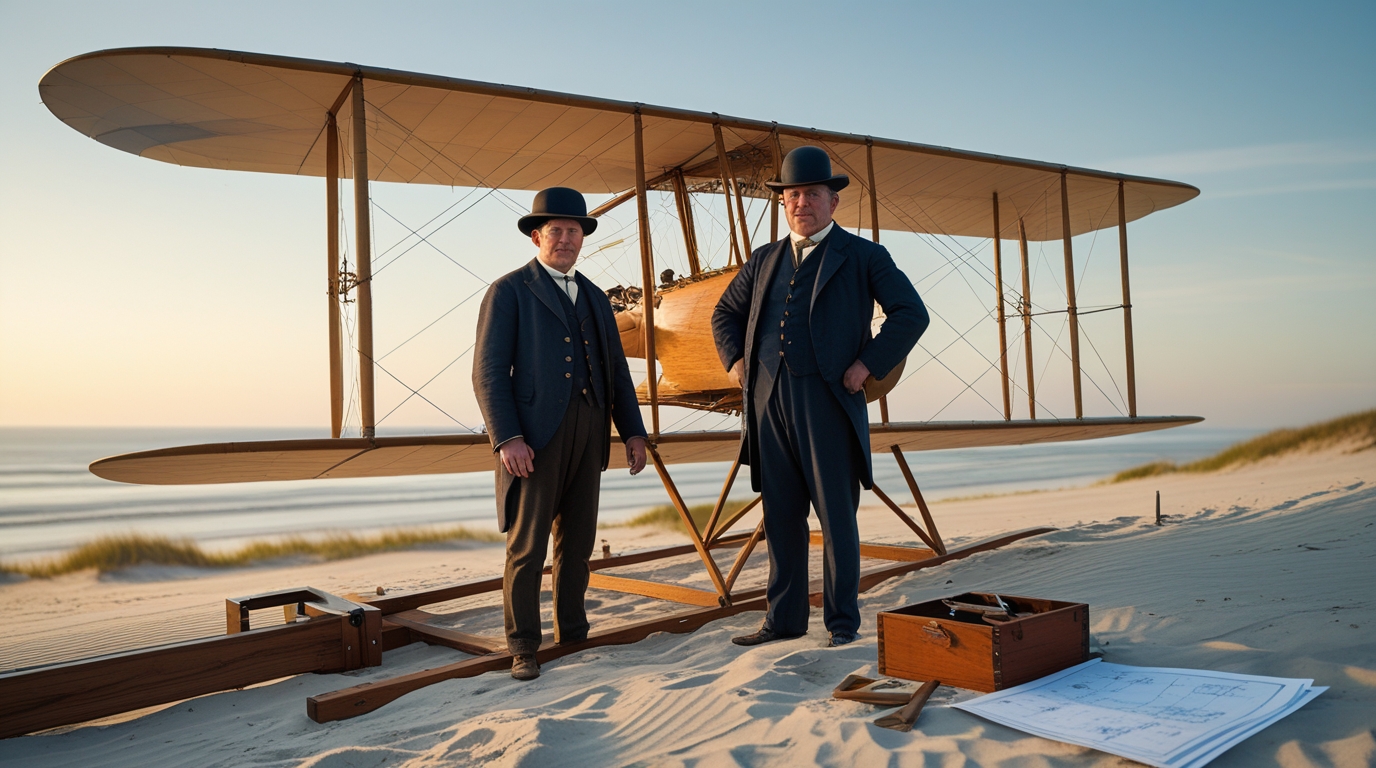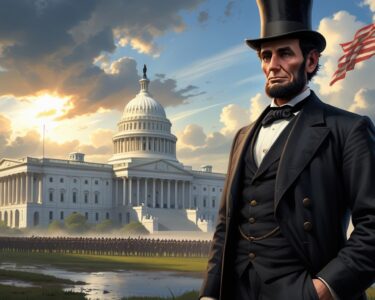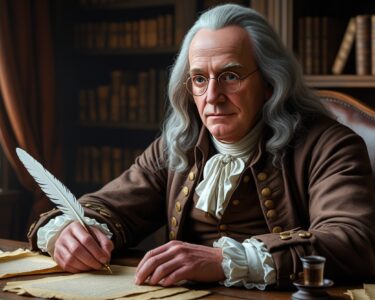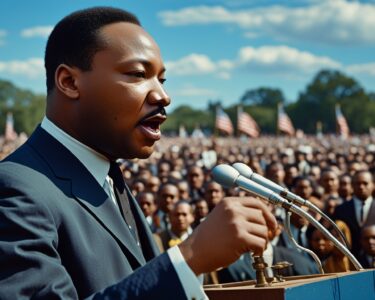Early Life and Foundation
Wilbur and Orville Wright, broadly known as The Wright Brothers, were born within the last mentioned half of the 19th century within the Joined together States. Wilbur Wright was born on April 16, 1867, close Millville, Indiana, whereas his more youthful brother Orville was born on Eminent 19, 1871, in Dayton, Ohio. They were two of seven children born to Milton Wright, a religious administrator within the Church of the Joined together Brethren in Christ, and Susan Catherine Koerner Wright.
Their father’s mental interest and their mother’s mechanical fitness profoundly affected them. The boys developed up in an environment that empowered learning and tinkering. A urgent minute came when their father gave them a little toy helicopter fueled by elastic groups — a blessing that started their deep rooted interest with flight.
The Way to Advancement
Not at all like numerous celebrated creators of their time, not one or the other Wilbur nor Orville completed tall school or sought after formal building instruction. Instep, they were to a great extent self-taught. In 1889, they propelled a printing trade, distributing daily papers and building their possess printing presses. By 1892, their entrepreneurial soul driven them to open a bike deals and repair shop in Dayton, called Wright Cycle Company.
Their involvement with bikes given important mechanical information — counting concepts of adjust, control, and impetus — that they afterward connected to their tests with flight.
Motivation from the Skies
The brothers’ genuine intrigued in flight was reignited within the 1890s after learning approximately German pilot Otto Lilienthal, a pioneer of lightweight flyer flight. Lilienthal’s awful death in a lightweight flyer crash in 1896 encourage fueled their crave to fathom the issue of controlled, fueled human flight.
They started examining streamlined features, testing with kites, and planning lightweight flyers of their possess. Their innovative approach emphasized control instead of simple lift or control — they accepted that controlling an airplane in flight was the greatest jump.
Breakthrough at Kitty Sell
Between 1900 and 1903, Wilbur and Orville traveled to Kitty Sell, North Carolina, for testing, drawn by its solid winds and delicate sands perfect for lightweight flyer arrivals. Through various tests and refinements, they created the concept of wing distorting, a strategy that permitted the pilot to control the aircraft’s roll by turning the wings.
On December 17, 1903, history was made. Orville Wright guided the primary fueled, controlled, and maintained flight of a heavier-than-air air ship — the Wright Flyer. The flight endured 12 seconds and secured 120 feet. Wilbur guided consequent flights that same day, with the longest enduring 59 seconds over a remove of 852 feet.
Progressing Flying Innovation
After their victory at Kitty Sell, the Wright Brothers returned to Dayton and proceeded moving forward their airplane. By 1905, they had created the Wright Flyer III, competent of more steady and maintained flights enduring over half an hour. In spite of their accomplishments, open skepticism remained. Numerous found it difficult to accept two self-taught creators had prevailed flight.
The brothers centered on securing licenses and illustrating their flying machine to military and commercial clients. In 1908 and 1909, their open flights in France and the Joined together States at last captured universal consideration. They secured contracts with the U.S. Armed force and European companies, cementing their status as flying pioneers.
Individual Lives and Afterward A long time
The Wright Brothers remained astoundingly near all through their lives. Not one or the other brother hitched, and they devoted most of their time to their work and family. Wilbur, frequently respected as the more mental and charismatic of the two, appallingly passed on of typhoid fever on May 30, 1912, at the age of 45.
Orville kept on advance flying and worked as an counsel to government flight organizations. He sold the Wright Company in 1915 and resigned from commerce. Orville lived a long life, seeing the advancement of flying from delicate biplanes to fly motors. He passed absent on January 30, 1948, at the age of 76.
Bequest and Affect on the World
The Wright Brothers’ tireless experimentation and imaginative considering laid the establishment for cutting edge flying. Their commitments expanded past fair building a flying machine — they in a general sense illuminated the challenge of controlling an airplane in flight, which remains a center guideline in aeronautical building nowadays.
They were honored with various grants amid their lifetimes and after death, counting the Congressional Gold Decoration. Their origin of Dayton, Ohio, and their testing grounds at Kitty Sell have gotten to be notable points of interest.
The Smithsonian National Discuss and Space Historical center in Washington, D.C., gladly shows the first 1903 Wright Flyer, permitting millions to witness the machine that changed the course of history.
Conclusion
Wilbur and Orville Wright epitomized interest, tirelessness, and advancement. Their travel from humble bicycle mechanics to flying pioneers could be a confirmation to what can be accomplished through assurance and imaginative problem-solving. The skies that advanced planes, planes, and shuttle explore nowadays owe a profound obligation to the spearheading endeavors of The Wright Brothers, two self-taught innovators whose dream of flight until the end of time modified human history.





